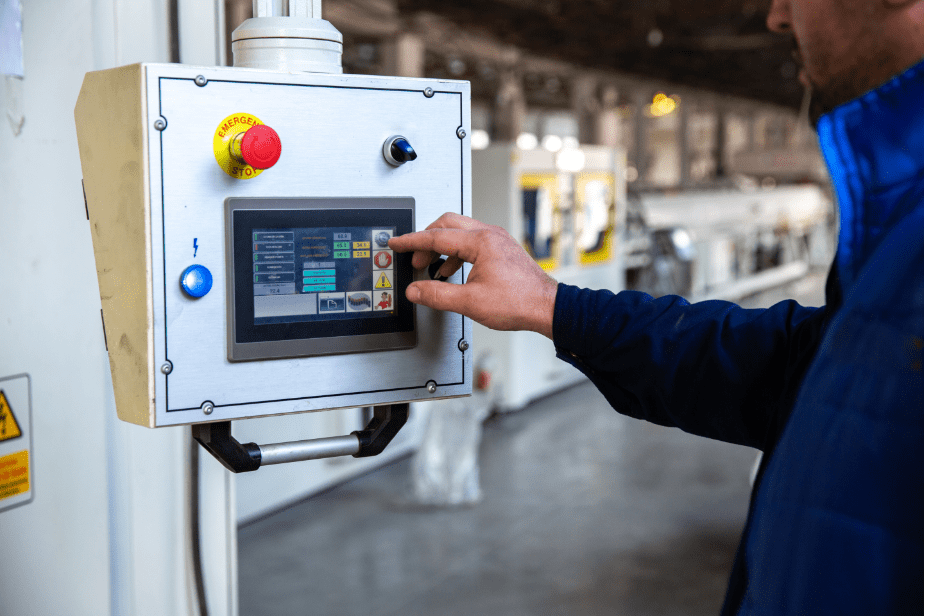The increasing automation of processes in different sectors of the economy has led society to a state of dependence on a complex network of equipment. 85% of developed countries’ GDP is generated using equipment that changes and adds value to raw materials. With automation, there is a need for effective asset management to reduce losses and maximize outputs. To benefit from the full potential of technological solutions, it is essential to implement robust processes to support them.
The absence of an asset management strategy leads to efficiency losses that translates into unplanned downtime, low raw material yields or high energy consumption.
Unplanned Downtime
Tackling unplanned downtime is considered a priority for most organizations, as it is an easily identifiable cost for everyone. In the automotive industry, each stoppage costs about £1.3 million per hour. These costs are associated with lost production time and resulting loss of sales.
Despite the significant impact of downtime time, 70% of companies do not have visibility of when their equipment should be stopped in order to avoid stoppages. Additionally, only 26% use predictive maintenance, based on data and algorithms that allow for more accurate identification of equipment maintenance cycles.
Raw Material Yield
Raw Material Yield is defined by the percentage of finished product that results from processing a raw material. This is one of the main drivers in industries where the raw material represents the highest cost of business and can reach up to 90% of the total cost, as is the case with the food industry. Yield losses are represented in the form of waste, scrap, residues and refining batches, among others.
Opportunities to reduce costs by improving the yield of raw materials are not always grasped, as the necessary indicators are not calculated and analyzed. Opportunities in equipment parameterization, maintenance and operating conditions, raw material quality or even the surrounding environment are often hidden and are therefore neglected.
Energy Consumption
The increasing automation of industry together with the green awareness of consumers and governments has placed energy efficiency as one of the necessary preconditions for organization’s success. In this regard, the first trend is to find losses in current processes and eliminate them by upgrading equipment or reworking waste. However, to move towards sustainable production it is necessary to rethink the entire supply chain, from the raw materials, passing through production until the delivery of the finished product to the customer.
As with raw material yield, organizations need to ensure the first step in implementing a robust information collection and processing process that enables them to identify existing opportunities.
Efficient Asset Management
Capital intensive industries have been pioneers in implementing solutions that contribute to efficient asset management. The solutions, always supported by technical data and analysis, result in the implementation of preventive maintenance models, raw material yield modelling and green consumption policies. The preventive approach results in improvements of unplanned downtime by about 40%. Using simple algorithms, it is possible to identify the theoretical yield of the raw material and the opportunities for improvement. Green consumption policies have both technical and behavioral aspects, which is why it is important to engage the workforce.
The existence of technology that allows real time data to be obtained has a major impact, as it enables fast and informed decision-making. However, it is necessary to put in place problem-solving processes based on this information, as technology alone does not translate into a benefit for the organization.
In addition to the three fields of action discussed, planned stoppages of medium duration and spare parts management may dictate the success of the policies implemented. Shutdown management in a project approach, protecting the critical path to comply with the allocated time and budget, will have an indirect impact on unplanned shutdowns. Ensuring access to critical components in an agile and flawless way is crucial to meet the goals set.
In order to leverage automation and digitization of processes, organizations need to ensure a structured approach that considers not only the entire value chain, but also the teams that make up the chain. Only then will it be possible to move from the current paradigm of “fixing” to the vision of “preventing”.
#assembly manufacturing #process manufacturing #maintenance #operations
See more on Assembly Manufacturing
Find out more about transformation in this sector
See more on Operations
Find out more about improving this business area
